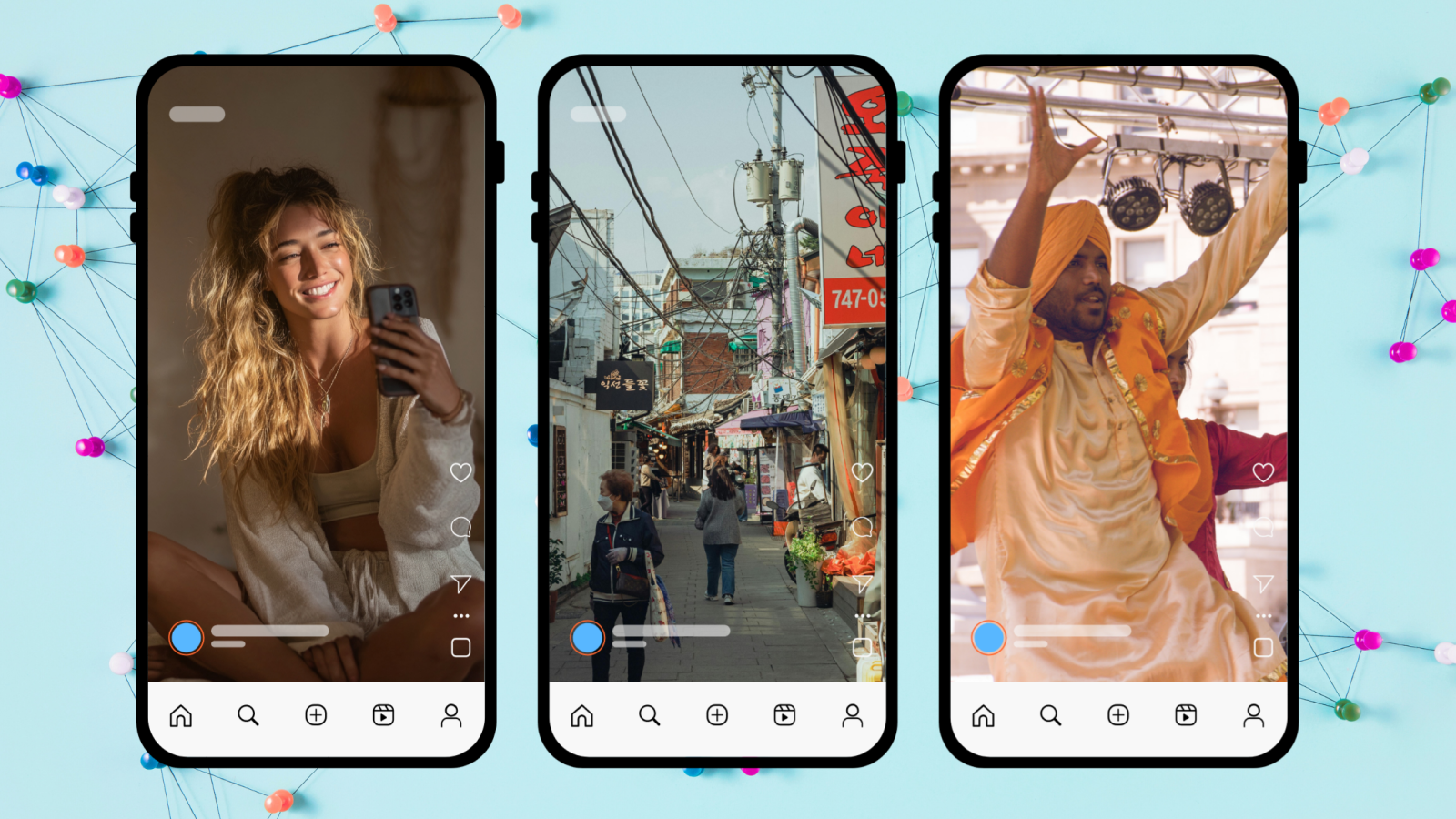How social’s reach is undermining its culture


Despite all the promise of digital interconnectivity, the internet has become more isolated than ever. The major platforms are now so focused on entertainment-style content that the original concept of a ‘social’ network has become diluted – seeing a post from a friend has now become a rarity.
Platforms like Instagram and TiKTok have become the Wembley Stadiums of our online worlds. Meanwhile, the small local venues to hang out with friends – and potentially meet new ones – have been relegated to WhatsApp chats and Discord channels.
The demand for digital community
Being a fan hinges on more than just appreciation of content. It goes deeper – connecting fans to each other in community networks and offering a means of expression and understanding.
However, content overwhelm, network decentralisation, and an algorithm- and AI-induced cultural homogenisation is making this harder to build on major platforms.
The focus on ‘tapping into superfans’ is about a lot more than just fandom. It’s about the need to establish communities. The gap in the market is not that fans are underserved, but that people have trouble connecting with each other meaningfully online. Without this they can’t form the bonds that build fandom – and culture more broadly.
Featured Report
The future of (US) TikTok Implications for the social marketplace
TikTok has played a significant role in digital culture over the last five years, driven largely by pandemic-era adoption and knock-on effects. From marketing strategies to viral trends, it has become inextricable from Gen Z culture. Yet it now faces risk of disruption in the US and possibly beyond as a result.
Find out more…There are a few knock-on effects of this. There is a growing supply of smaller, more niche, social- and fan-focused platforms that prioritise communities. There is also a broader trend for younger audiences wanting to spend less time online, be it reducing screentime by deleting apps or simply setting time limits. A recent study in the UK found that almost half of young people (16-21-year-olds) would prefer to live in a world without the internet altogether (via The Guardian). While quantity of time spent on digital platforms may not be decreasing meaningfully yet, there is a shift in preferences to quality and an overall downturn in sentiment towards the major apps.
Building fandom beyond 2025
Perhaps the most relevant issue is one degree further, however. For entertainment propositions, measuring success was as simple as counting likes on an Instagram page. Yet these kinds of metrics are delivering decreasing returns, as engagement maximisation combined with dropping follow-through means online popularity has a harder time translating to remuneration. As audiences seek out new ways of engaging with smaller and tighter communities, and try reducing their screentime, it stands to reason that there is space for a new underground scene – based largely offline – or engaging with the digital world predominately in ‘stealth mode’ to keep exclusivity.
Going big too early is bad for culture, especially when a digital hit means almost instant commodification. The benefit for culture and entertainment: there is a growing subculture that is powering fandom, community, and will likely become the future of entertainment. The downside: it is by design incredibly difficult to track using the digital metrics that were built to serve the mainstream.
A repetitive theme for those who work with creators is that the metrics can only get you so far. In the end, the only thing that can give you an edge is good taste. The truth remains: the creators to watch are the ones with talent, passion, and the drive to work hard, no matter how many views they have on TikTok. And it is smaller, tight communities with close bonds and designated spaces where culture – and fandom – grows and thrives.

The discussion around this post has not yet got started, be the first to add an opinion.